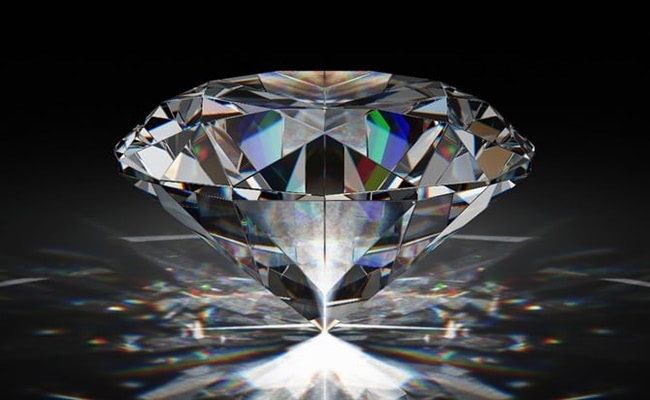We need energy more than ever. Nuclear power is one of the options but it leaves us with a great amount of radioactive waste, which is still useful but dangerous. A solution to the problem might be simple and beautiful: turn them into diamond batteries.
Most of first generation reactors used graphite blocks to keep the fission process running. It has been proven that the majority of radioactive carbon-14 isotope is concentrated in the outer layer. Heating the blocks enables to collect the radiocative carbon as a gas. Afterwards through low pressures and elevated temperatures the gas is converted into a diamond - yet another form of carbon. Because the diamond has energy stored inside, it produces a small electric current. To protect the user from radioactivity, a cover layer of man-made diamond is applied. Since diamond is the hardest material we know, there's no better protection. In the end we get something that is as close to perfection as possible: self-sustainable battery, which has no moving parts, gives off no emissions and is maintenance-free. C-14 isotope has such a long half life that the researchers estimate a diamond battery would still generate 50 percent of its capacity after 5,730 years!
“We envision these batteries to be used in situations where it is not feasible to charge or replace conventional batteries. Obvious applications would be in low-power electrical devices where long life of the energy source is needed, such as pacemakers, satellites, high-altitude drones or even spacecraft. There are so many possible uses that we’re asking the public to come up with suggestions of how they would utilise this technology by using #diamondbattery" says Neil Fox, from School of Chemistry at the University of Bristol.
The time to welcome the diamond age of power generation may have come.
Source: Univeristy of Bristol, New Atlas

Share your thoughts and join the technology debate!
Be the first to comment